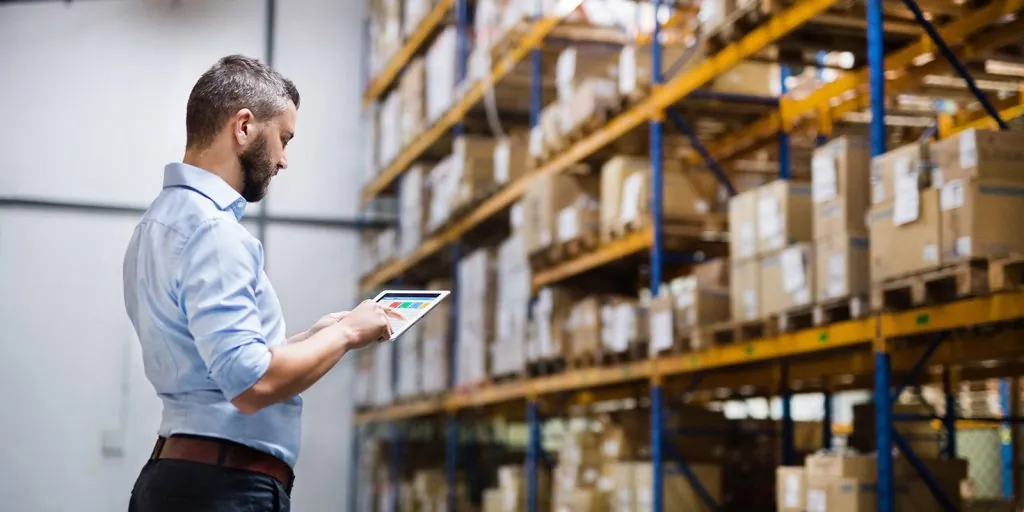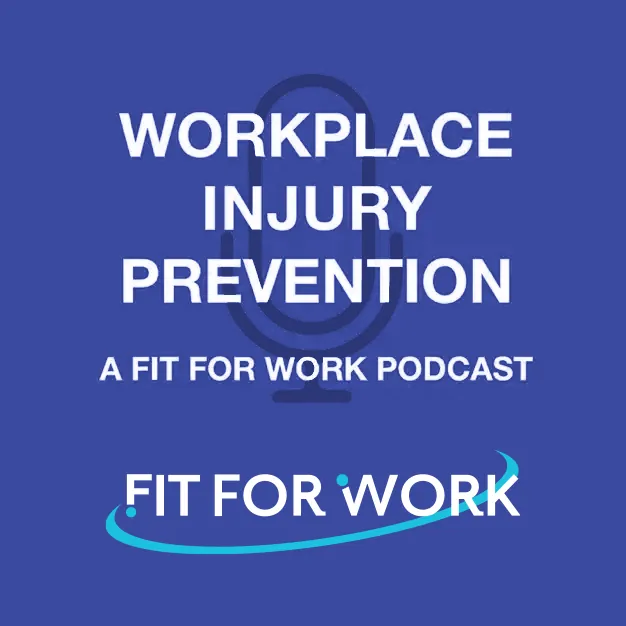Business is always evolving. From the way we communicate to the way we make decisions, each year it seems new technology and new industry standards help shift the way our businesses operate.
At the center of these advancements are the fields of predictive analytics and artificial intelligence. These resources have been around for several years, and while they’re somewhat common place in certain industries, they are just starting to burst onto the scene in physical and repetitive work environments such as warehouses, factory floors, and manufacturing facilities.
Fit For Work is leading this effort to utilize predictive analytics and AI through Fit For Work PREDICTS™. Fit For Work PREDICTS™ is used in the workplace to help predict soreness in employees and then use that data to prevent eventual injury. Here’s how it can accomplish this for your business and reduce injuries and associated costs by 50%.
What Is Fit For Work PREDICTS™?
Fit For Work PREDICTS™ is a practice that interprets current conditions and historical data to deliver insights and to predict future events – like soreness in workers that puts them at risk for injury. It combines classical statistical analysis with artificial intelligence to deliver solutions on a personalized basis.
Using Fit For Work PREDICTS™ to Predict Soreness
By leveraging an algorithm to make sense of data as it pertains to working conditions and employee performance, we can pinpoint specific cases that require intervention and provide a solution before injury occurs.
In the workplace, roughly 25% of workers display and verbalize symptoms of an injury, while the other 75% have yet to complain about any such occurrence. The goal of Fit For Work PREDICTS™ is to systematically get ahead of these impending complaints before they occur.
In doing so, the algorithm looks at and interprets five key areas.
Type of Interaction
The type of work an employee is performing is a likely contributor to any complaints of soreness. A worker manually lifting heavy inventory all day is going to be at an increased risk of soreness when compared to someone who relies more regularly on machinery to do their lifting and isn’t exerting excess amounts of physical energy.
Frequency
When those interactions likely to produce injury are performed on a weekly, daily, or hourly basis, the likelihood of soreness and injury differs. For instance, if a worker only has to operate a specific piece of equipment on the first business day of the month, they may not be as likely to display a symptom as would a worker who spends the majority of every eight-hour shift using the same piece of machinery.
Quality of Movement
It’s one thing if an employee is performing strenuous labor on a regular basis, but if they’re also doing so while utilizing improper ergonomic movement, they’re most certainly going to report soreness. Fit For Work PREDICTS™ combined with an ergonomic assessment will highlight these cases and inspire a solution.
Psychology of the Worker
In addition to the quality of movement, it is imperative to ask:
- How is the worker doing emotionally?
- Are they stressed from personal matters in addition to their job responsibilities?
- Are they happy-go-lucky or do they feel their job is slowly but surely breaking their body down?
- Do they equate “soreness” with tissue damage, or do they understand that you can be “sore but safe”?
The psychological and emotional factors of a worker can often be the most important in predicting imminent pain and injury – yet they are almost always overlooked. Capturing feedback, comments, and thoughts directly from a worker, in their own words, can provide highly valuable information for a predictive algorithm.
What’s Already Been Reported?
An employee’s history is as crucial as any of these factors in predicting soreness – and there are a lot of circumstances to consider.
- Is the worker experienced or new to their role?
- Have they displayed symptoms of soreness in the past?
- If so, did they report the symptoms or simply continue working?
- Have they previously sustained a serious injury on the job?
A predictive algorithm will factor these concerns as it pinpoints workers at most imminent risk of soreness or injury.
Step into the Future of Injury Prevention with Fit For Work PREDICTS™
Fit For Work has joined forces with an AI partner to analyze these points and more in using Fit For Work PREDICTS™ to predict soreness in the workplace. Our ultimate goal is to standardize the process of implementing this platform so it can be easily and readily integrated into environments across the country.
Over time and as more and more interactions occur and more data is gathered, the algorithm will become site-specific and will be able to be tailored and deployed to best suit your organization. This means that the program continually becomes more and more effective at reducing injuries in your workforce!
Fit For Work PREDICTS™ is now a pillar of Fit For Work’s process, and is included across our platform. In combining its data-driven method with our human interaction in the areas of Early Intervention, Ergonomics, Employee Testing, and Compliance, we are reshaping the way employers achieve a safe and productive environment for their workers.
Contact us today to take your first step into the future of injury prevention.





